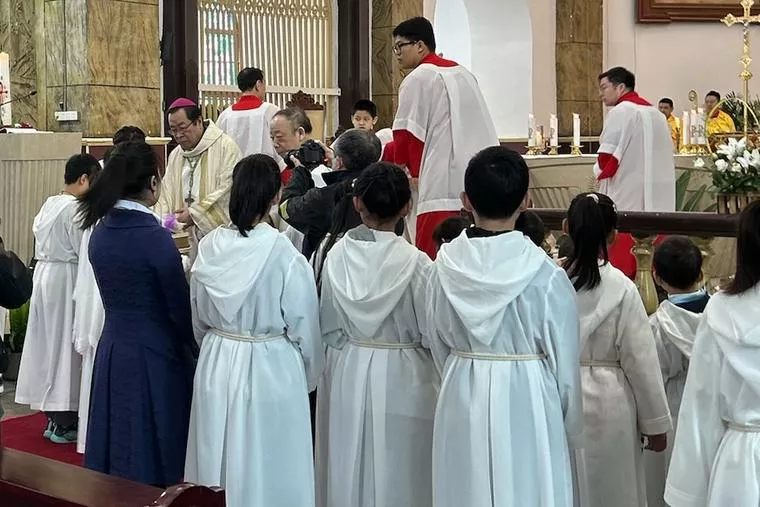PHOTO ESSAY: A surreal balance exists between accepting state monitoring and confessing one’s faith without fear.
Editor’s Note: There are an estimated 10-12 million Catholics in mainland China, spread across 147 ecclesiastical jurisdictions recognized by the Vatican, including 20 archdioceses and 97 dioceses. In recent years there has been a significant increase in the Chinese Communist Party’s monitoring and control of Catholic worship. This campaign of control has been criticized as a violation of religious freedom by a number of human rights experts, including the U.S. Commission on International Religious Freedom in its 2024 annual report. During a stopover in Beijing in April, Register contributor Victor Gaetan set out to visit several government-registered Catholic parishes in China’s capital as the faithful celebrated Easter. This is his report.
Beijing, China (INPS Japan) — While planning a research trip to Japan, I learned Americans can visit China for up to 144 hours, six days, without a visa while “transiting” to another country. A few conditions exist — you have to have a ticket for an onward destination, you can’t leave your “port of entry” (one of 20 cities with this policy), and you must report where you will stay — but it meant a welcome chance to witness the Catholic Church in China on my way to Tokyo.
That’s how I ended up celebrating Easter Vigil Mass in three Beijing cathedrals. I’ve read and written about the Church in China for years, but nothing prepared me for the grace of worshiping with Chinese brothers and sisters in Christ.
The churches I visited were packed with people of all ages, mainly young men and women and many children — several thousand in all. They sang and prayed with devotion. This after being filmed by uniformed police and required to pass through metal detectors to enter church grounds. No one resisted, nor did I see anyone walk away to avoid scrutiny. Isn’t this an affirmation of faith?
A surreal balance exists between accepting state monitoring and confessing one’s faith without fear, which reminded me of Matthew 22: “Then repay to Caesar what belongs to Caesar and to God what belongs to God.” Believers simply seem to take the state’s presence in stride. Their full-throated participation at Mass created a particularly moving experience of worship.
Although very few non-Chinese people attended the vigils, my participation attracted little attention. When I tried to take a photo of Archbishop Joseph Li Shan at North Church, an usher stopped me. Then, he agreed to take my cell phone and take the picture for me! I was told “foreigners” normally attend liturgies offered in English or other languages.

After Mass, church courtyards were animated with socializing, praying before statues of saints, buying sacramentals at card tables manned by nuns, and lay performances. By then, police had largely decamped. Each church offers several Masses a day. Each time I went, I saw five or six priests and two deacons on the altar.
The following pictures, most taken quickly and discreetly, show a healthy, faithful, Catholic community in China, with eyes steadily focused on the City of God. For the Easter Vigil, I visited three historic Catholic cathedrals, known locally as South Church, North Church, and West Church. Between the three churches, 267 new believers joined the faith that night among the three churches.
On Easter Day, I returned to South Church, where it was easier to mingle with parishioners. One young usher told me she was an airport engineer. “I come to Church as often as possible because I love Jesus,” she explained. “Catholic priests brought the Bible here a long time ago.”
She added, “Mainland China has many beautiful churches and pilgrimage sites worth visiting.”
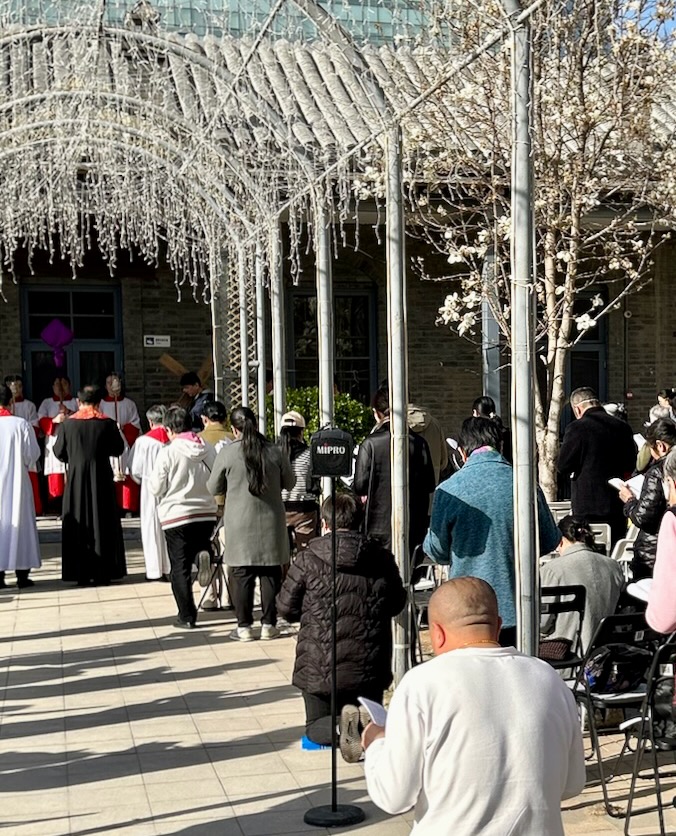
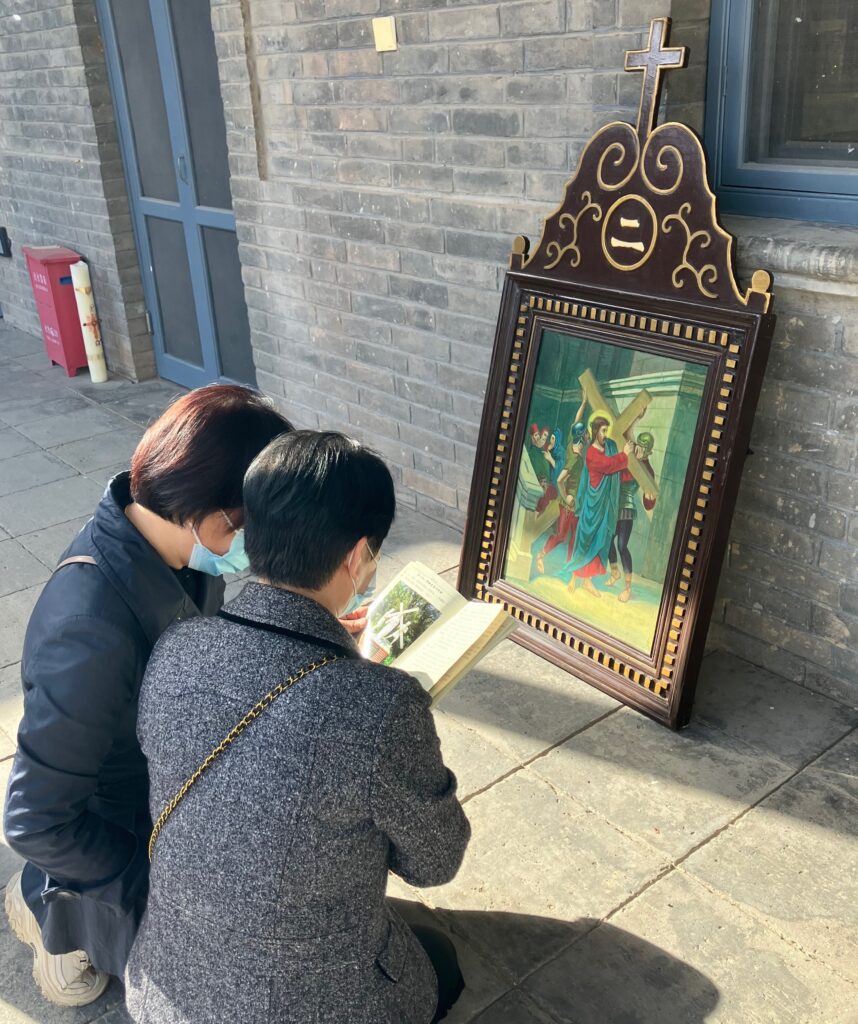


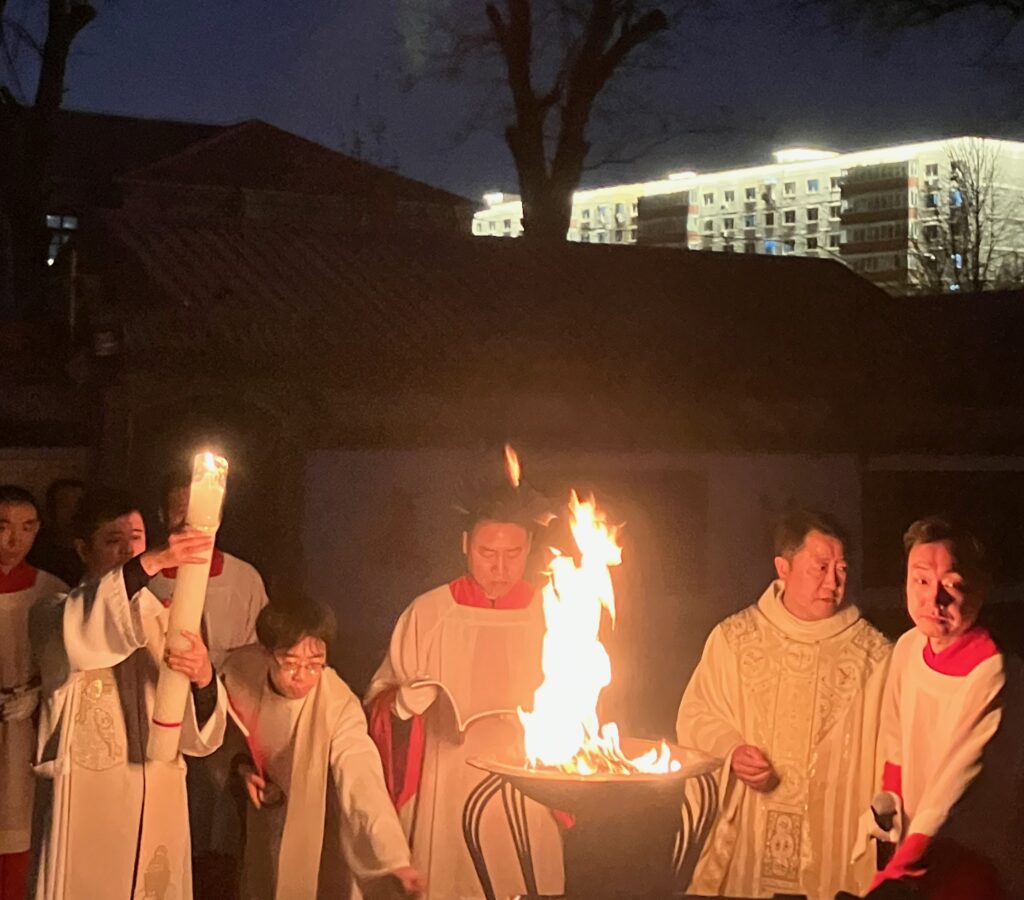
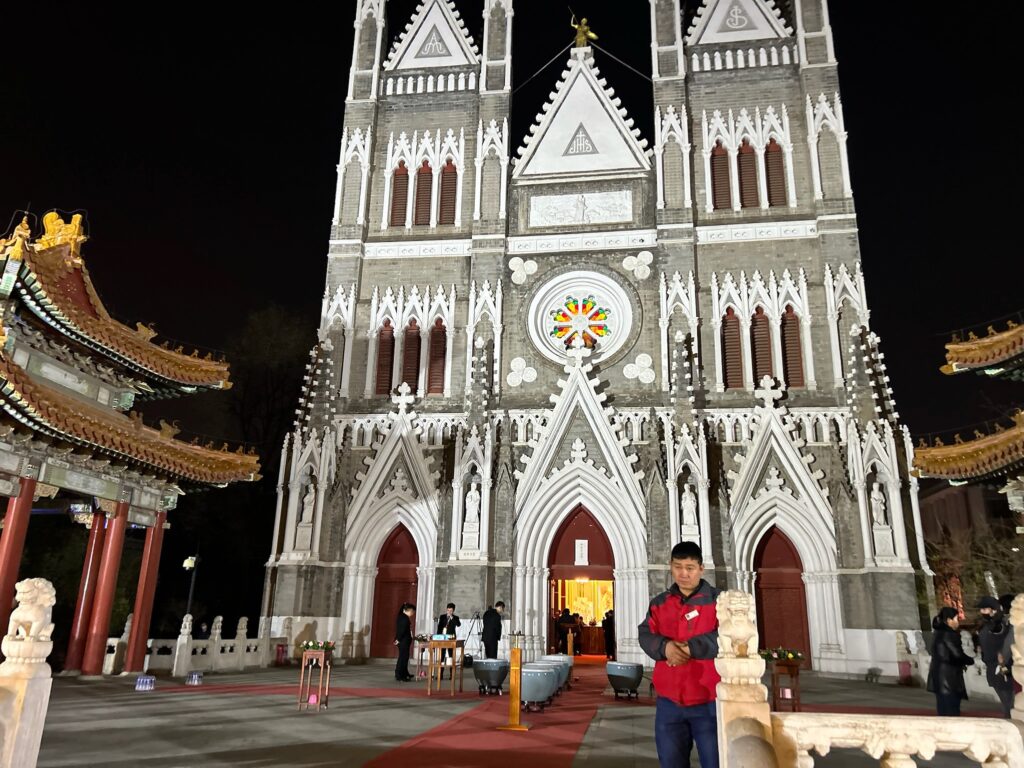

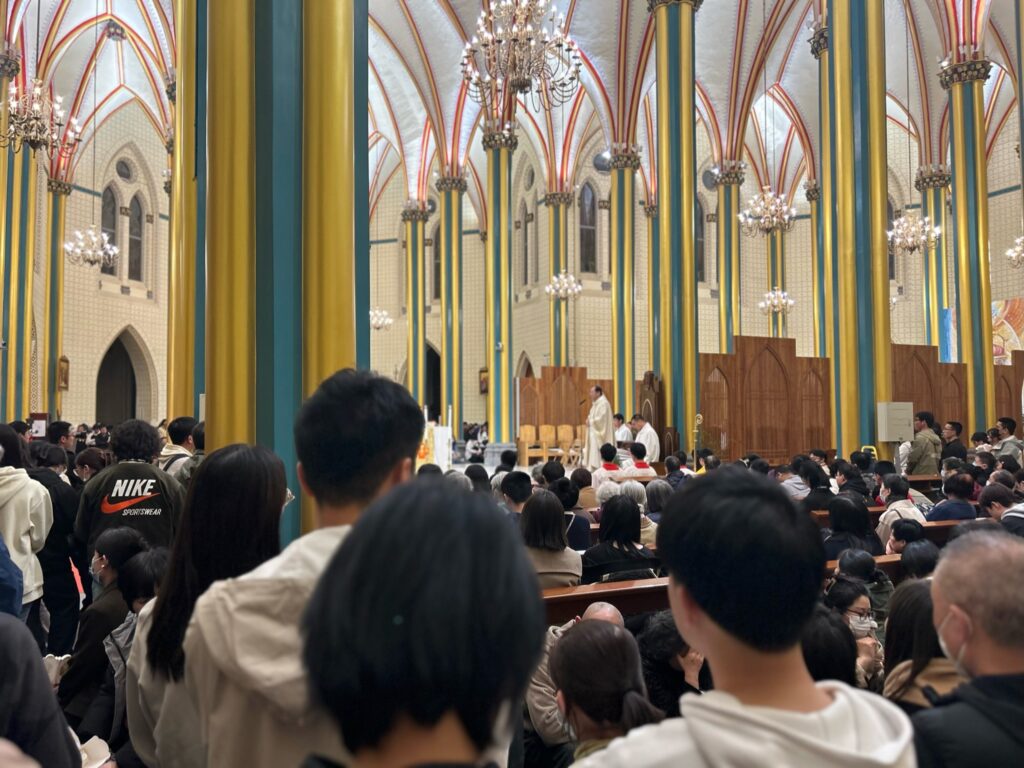
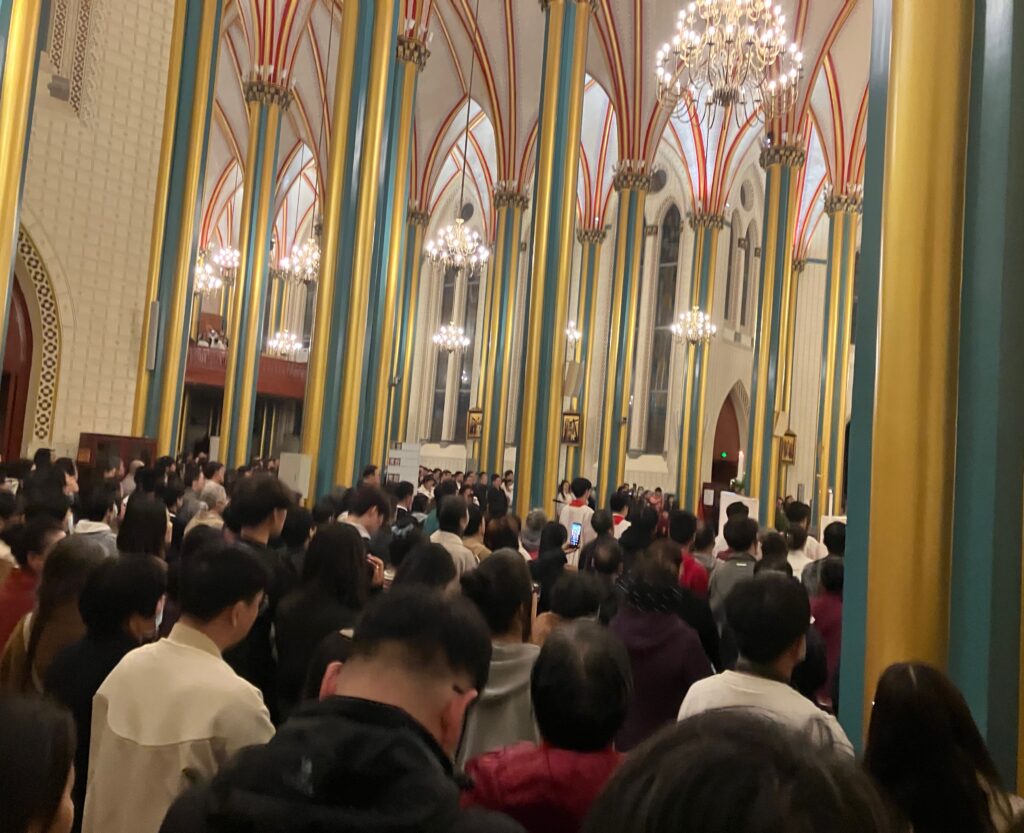
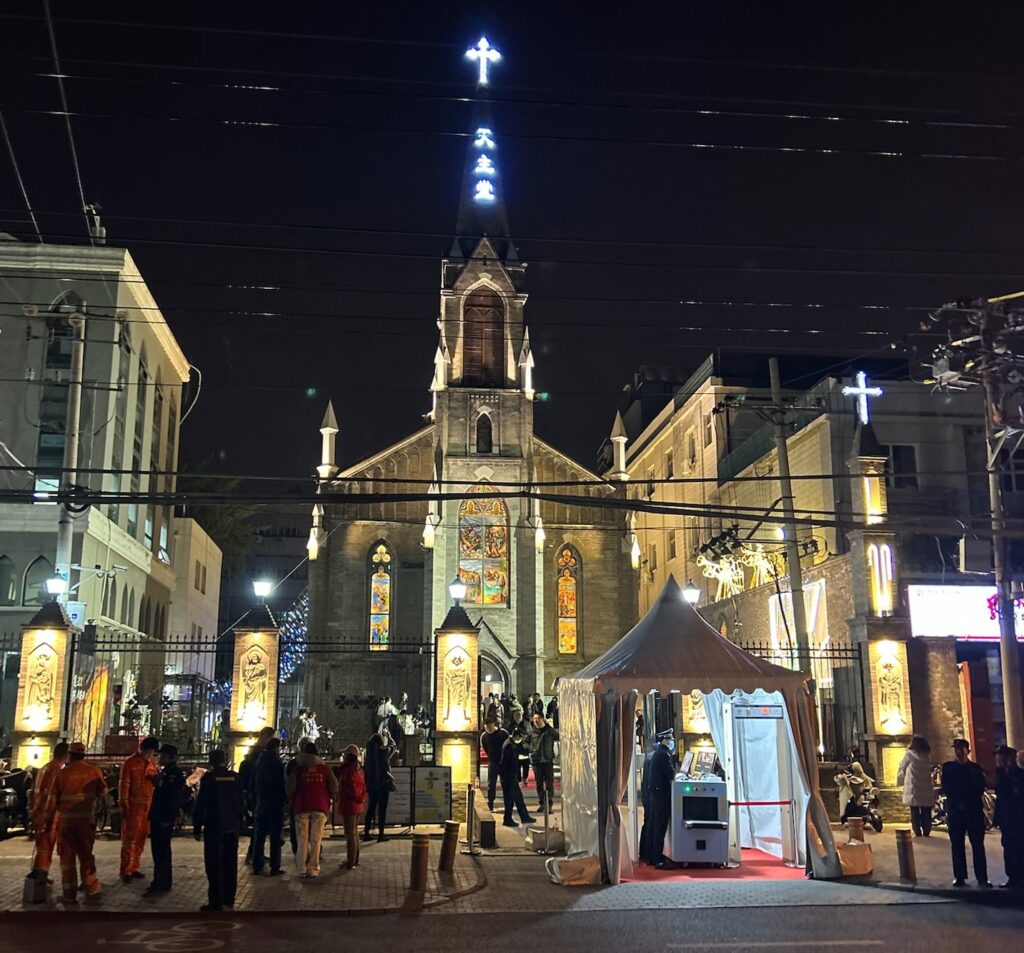
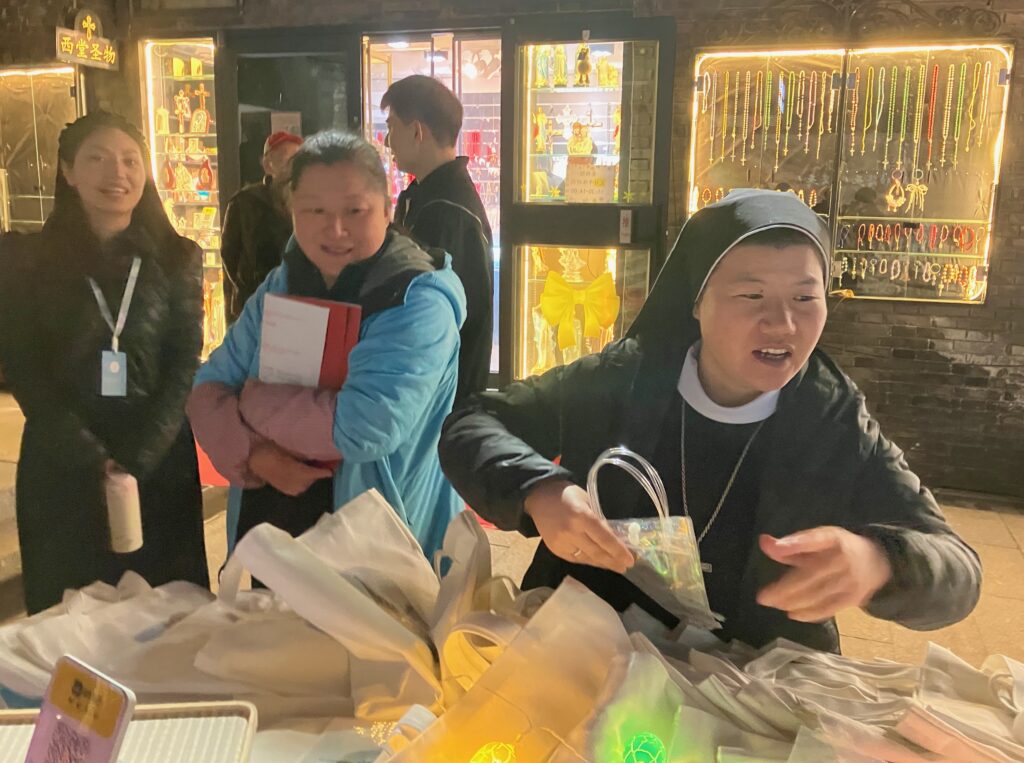
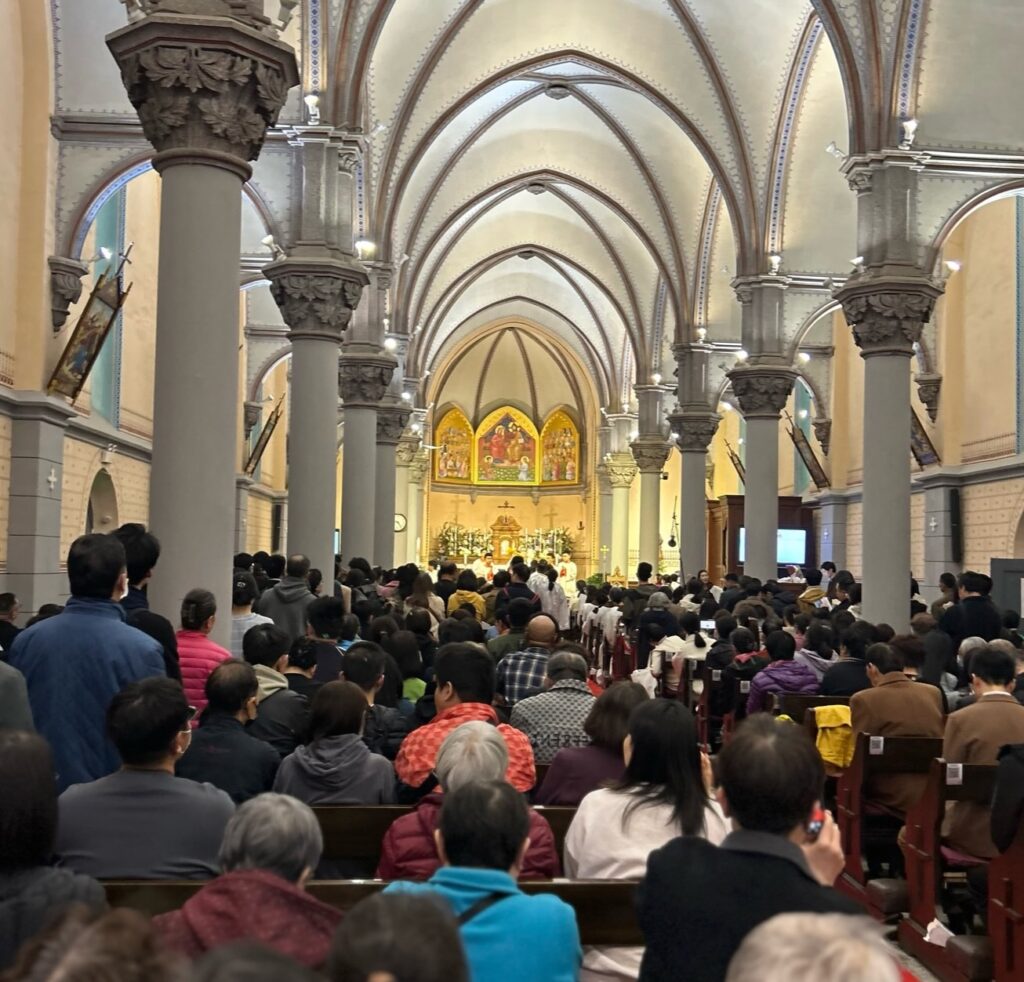
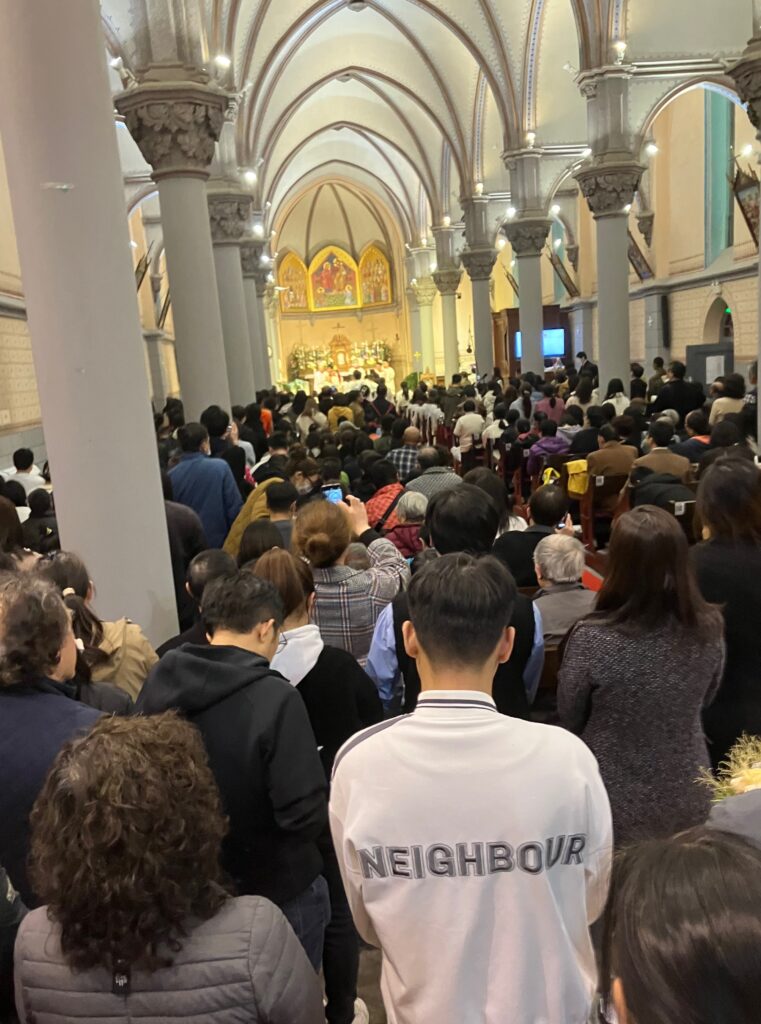
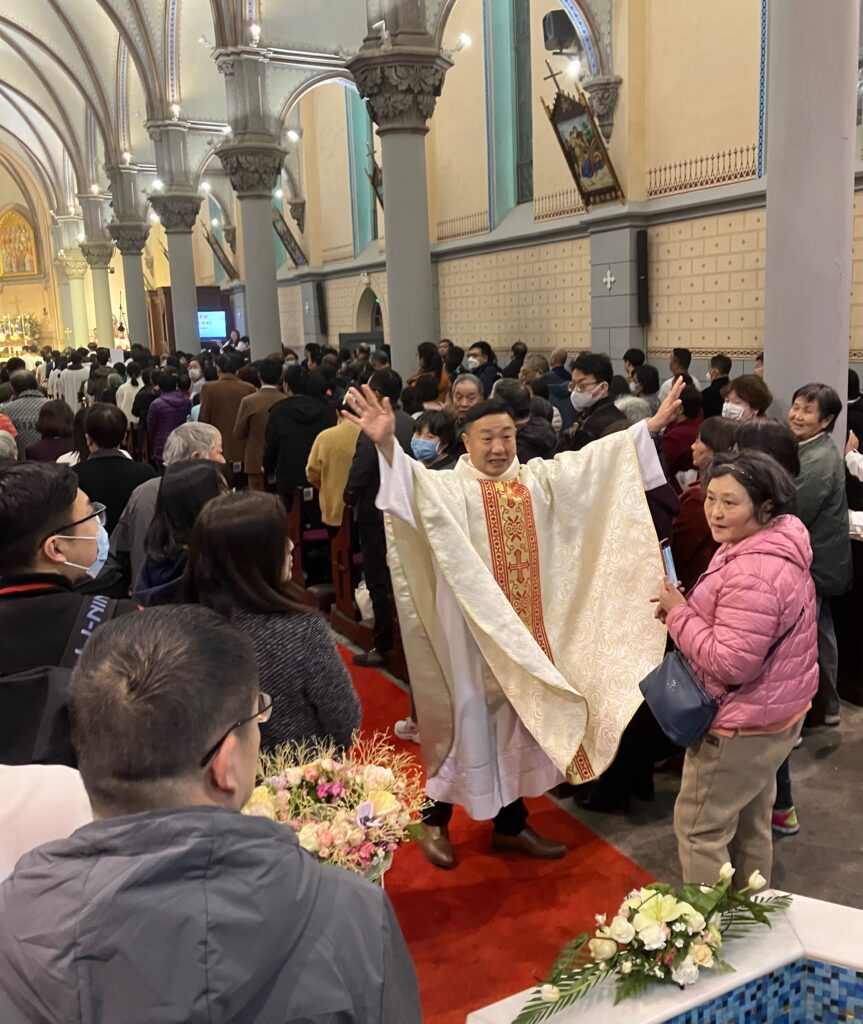
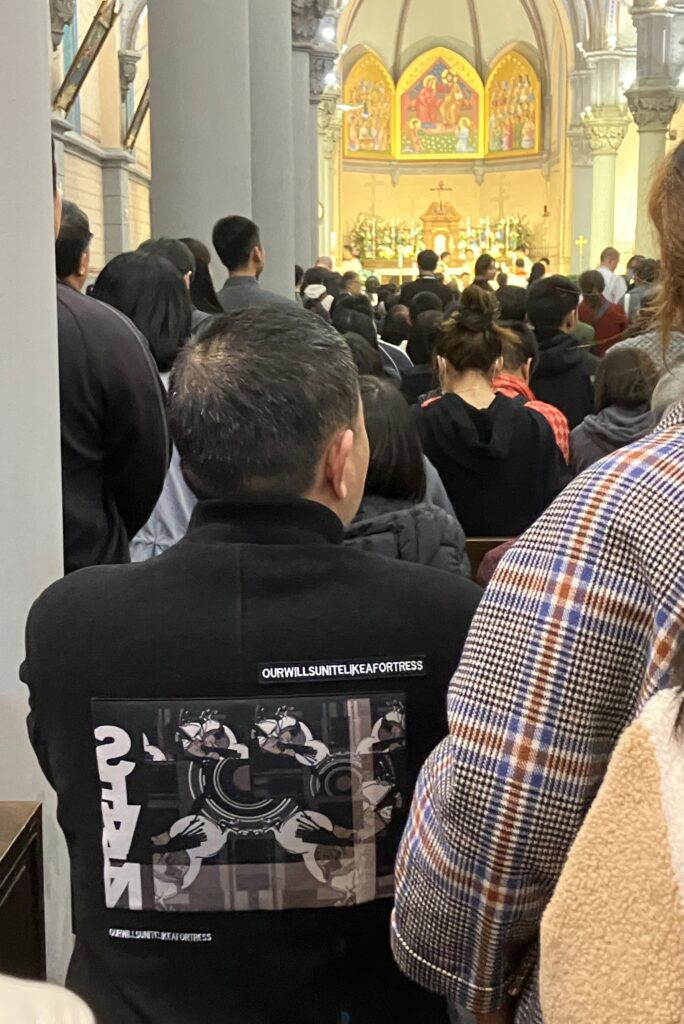
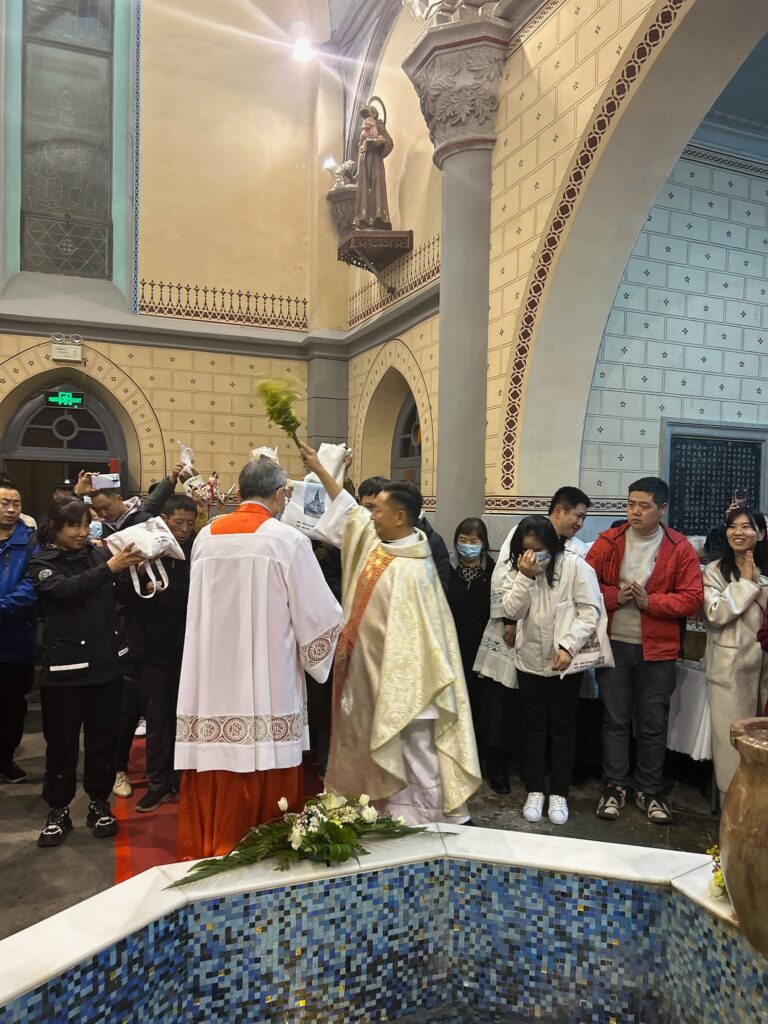
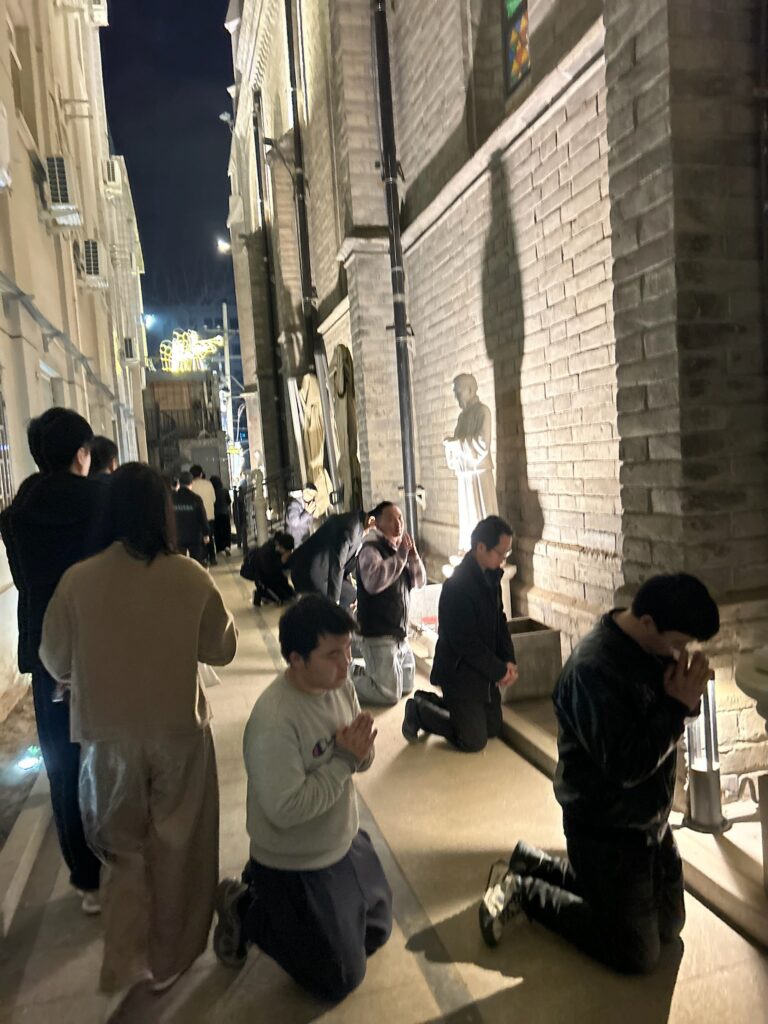
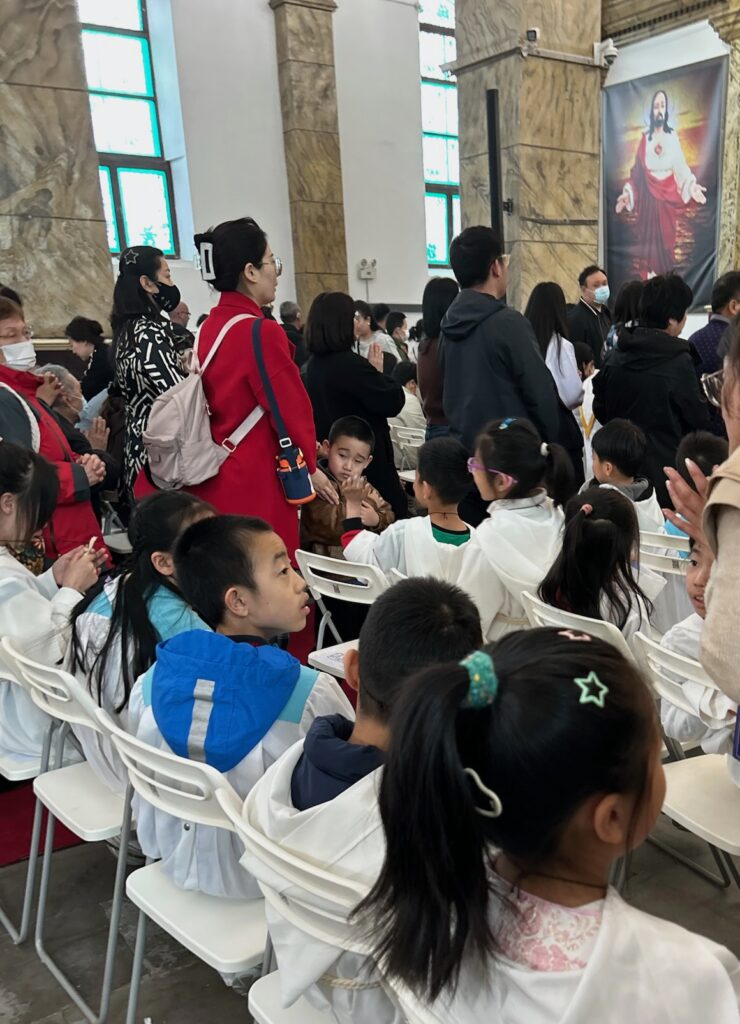
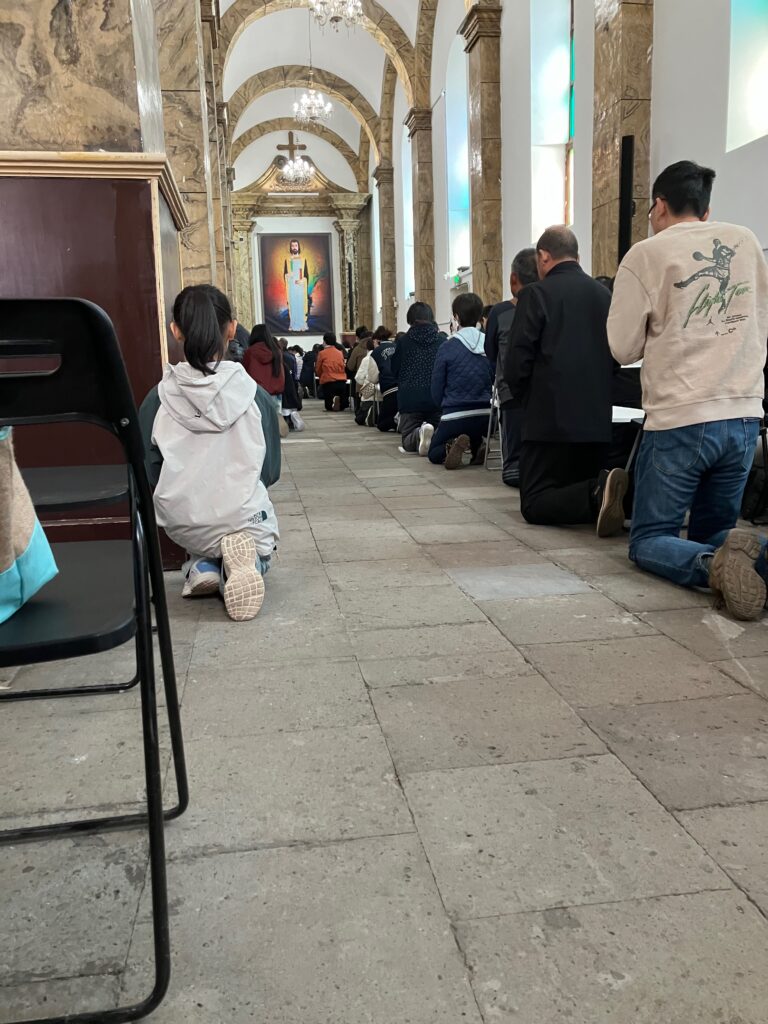
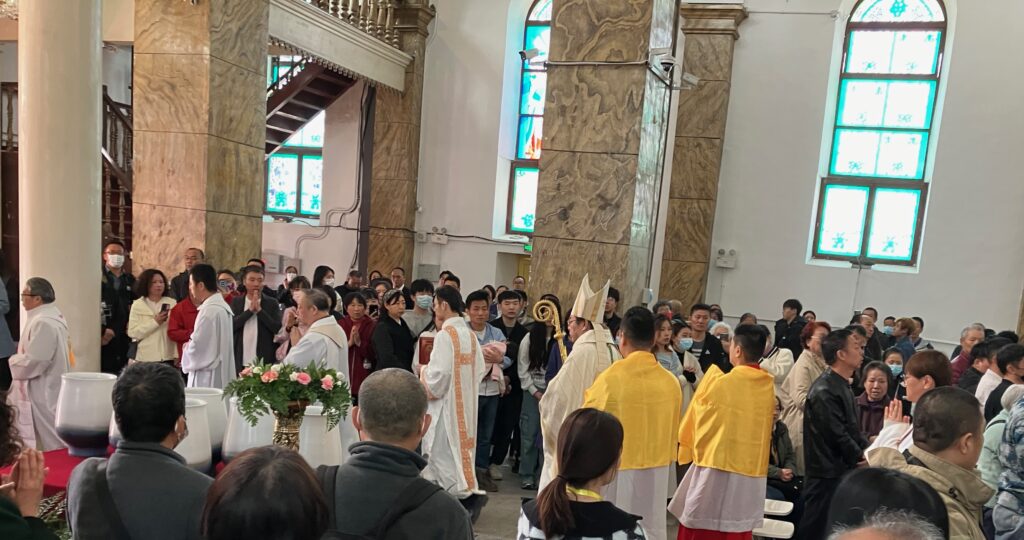
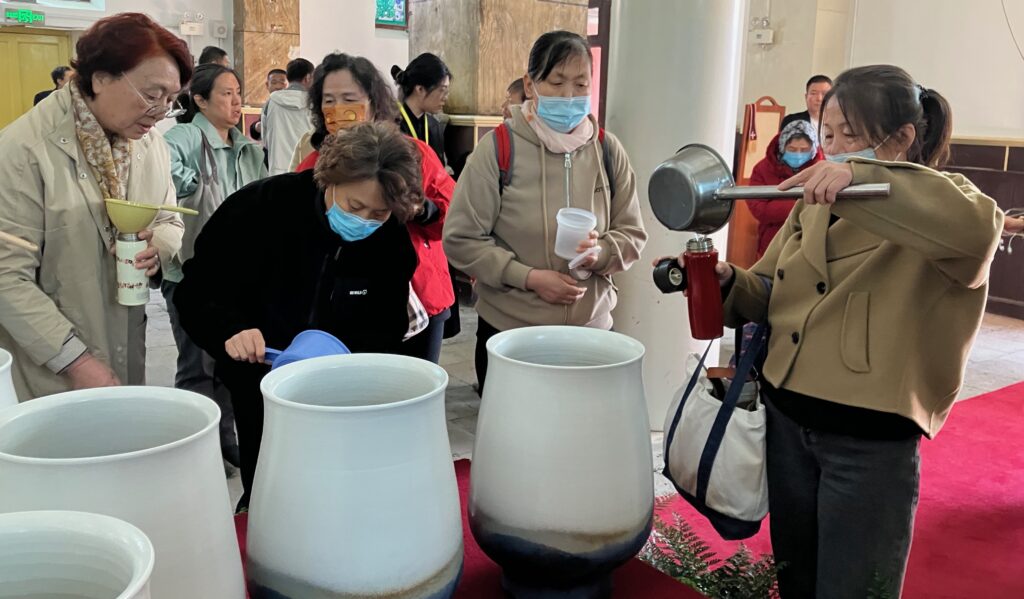
INPS Japan/National Catholic Register
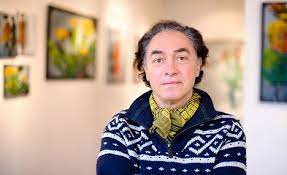
Victor Gaetan Victor Gaetan is a senior correspondent for the National Catholic Register, focusing on international issues. He also writes for Foreign Affairs magazine, The American Spectator and the Washington Examiner. He contributed to Catholic News Service for several years. The Catholic Press Association of North America has given his articles four first place awards, including Individual Excellence, over the last five years. Gaetan received a license (B.A.) in Ottoman and Byzantine Studies from Sorbonne University in Paris, an M.A. from the Fletcher School of International Law and Diplomacy, and a Ph.D. in Ideology in Literature from Tufts University. His book God’s Diplomats: Pope Francis, Vatican Diplomacy, and America’s Armageddon was published by Rowman & Littlefield in July 2021. Visit his website at VictorGaetan.org.
Related articles:
Nagasaki’s Continuous Martyrdom: From the Hidden Church to the Atomic Bomb


